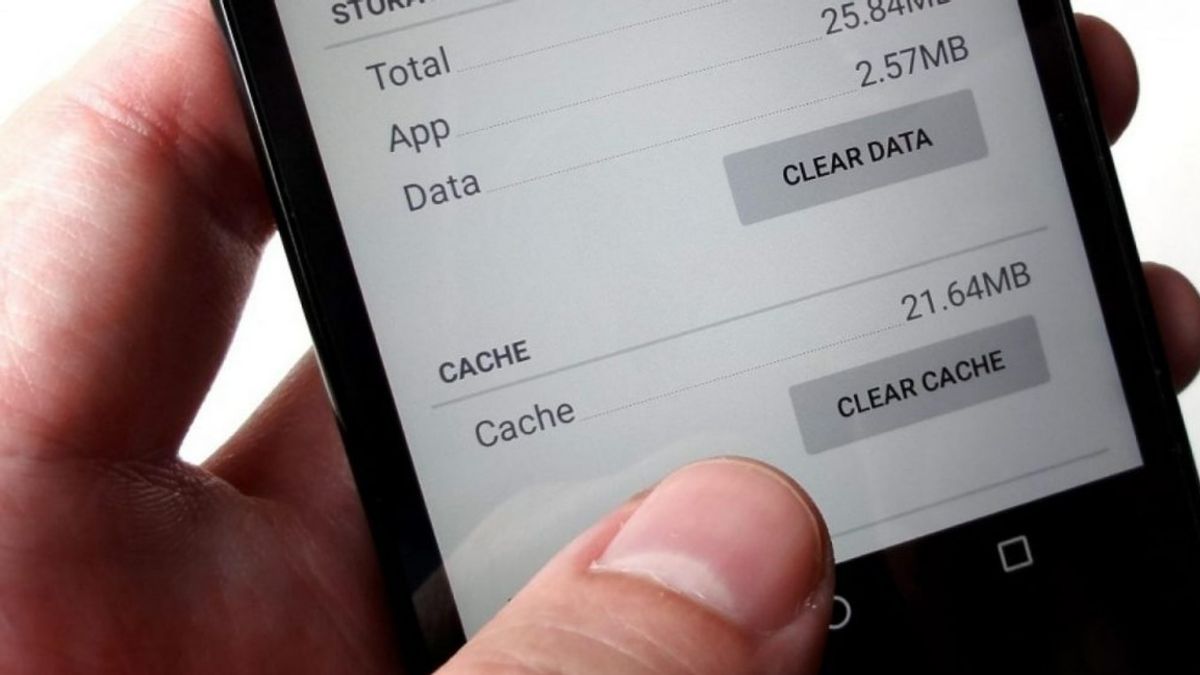
Why Clear the Cache on Android?
Clearing the cache on an Android device is an essential maintenance task that can significantly enhance its performance, free up storage space, and resolve various app issues. Here are some reasons why you should clear the cache on your Android device:
Improves Performance
Clearing the cache can help improve the performance of your device by freeing up RAM (Random Access Memory). When the cache is full, it can slow down your device, causing apps to crash or freeze. By clearing the cache, you can ensure that your device runs more smoothly and efficiently.
Frees Up Storage Space
The cache can take up valuable storage space on your device. If you're running low on storage space, clearing the cache can help free up some space. This is particularly important for devices with limited storage capacity, as it allows you to install new apps or download new files without running out of space.
Fixes App Problems
If you're experiencing problems with an app, such as it crashing or freezing, clearing the app's cache can sometimes fix the issue. The cache stores temporary files that the app uses to function, and clearing it can remove corrupted temporary files that might be causing the problem.
How to Clear Cache on Android
Clearing the cache on an Android device is a straightforward process that can be done in a few steps. Here’s how you can do it:
Clear Cache for Individual Apps
To clear the cache for individual apps, follow these steps:
- Open the Settings app on your Android device.
- Scroll down and select “Apps” or “Applications.”
- Find the app for which you want to clear the cache.
- Tap on “Storage.”
- Tap on “Clear Cache.”
This will remove the temporary files stored by the app, freeing up space and potentially resolving any issues you're experiencing with the app.
Clear Cache for All Apps
To clear the cache for all apps at once, follow these steps:
- Open the Settings app on your Android device.
- Scroll down and tap on “Storage.”
- Tap on “Cached data.”
- Tap on “OK” to confirm that you want to clear the cache for all apps.
This method will remove the cached data for all apps on your device, which can help free up a significant amount of storage space and improve performance.
Additional Tips
While clearing the cache is an essential maintenance task, there are some additional tips you should keep in mind to ensure your device runs smoothly:
Clearing System Cache
On some devices, you can clear the system cache by booting into Recovery Mode and selecting “Wipe Cache Partition.” However, this option may not be available on all devices, so it's important to check your device's manual or manufacturer's website for specific instructions.
Clearing Cookies
If you're using a web browser like Chrome, you can also clear cookies and other browsing data. To do this:
- Open Chrome and click on the three dots in the top-right corner.
- Select “Settings.”
- Click on “Privacy and security.”
- Click on “Clear browsing data.”
- Select “Cached images and files” and any other data you want to clear.
- Click on “Clear data.”
This will remove any temporary browsing data stored by Chrome, which can help improve your browsing experience and free up storage space.
Using Cache-Clearing Apps
There are several apps available on the Google Play Store that can help you clear the cache automatically, such as CCleaner, All-in-One Toolbox, and Droid Optimizer. These apps can be useful if you want to automate the process of clearing your cache or if you need additional features like trash removal and freeing up RAM.
Clearing the cache on your Android device is an essential maintenance task that can significantly enhance its performance, free up storage space, and resolve various app issues. By following the steps outlined in this guide, you can easily manage and delete cached data, freeing up valuable storage space and resolving common issues. Make cache clearing a part of your routine device maintenance to keep your Android phone or tablet running at its best.
Remember, clearing the cache will not delete personal data like photos or contacts. It only removes temporary files that are no longer needed. Regularly clearing the cache can help maintain your device's performance and prevent storage space issues. Whether you're experiencing slow loading times, frequent crashes, or simply want to free up some space, clearing the cache is a simple yet effective solution that can make a big difference in how your device functions.
